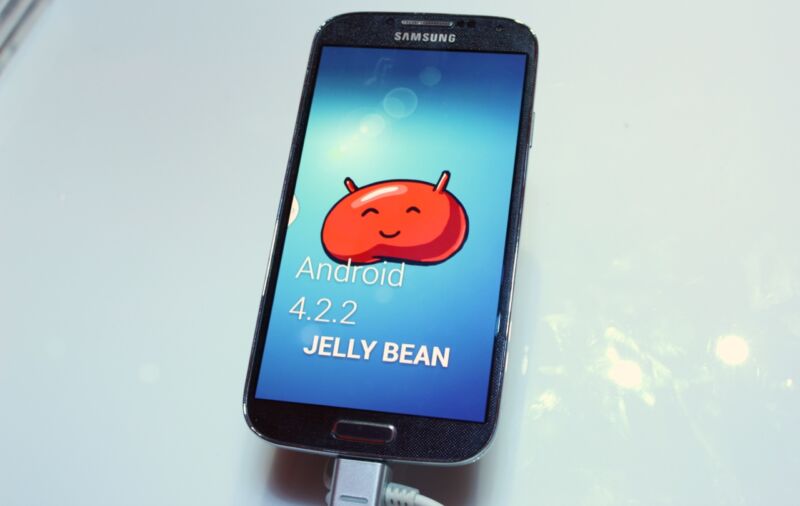
Andrew Cunningham
It positive looks as if Android 15 goes to have lock display screen widgets. The Android 14 QPR2 beta landed the opposite day, and Mishaal Rahman over at Android Authority discovered a hidden unfinished function that brings again lock display screen widgets. Now we have anticipated this to occur since Apple’s giant lock display screen widget liberate with iOS 16.
Rahman discovered a brand new “communal” area function that resembles lock display screen widgets. After enabling the function and swiping in from the appropriate of the lock display screen, a pencil icon will pop up. Tapping the icon opens up a widget checklist, permitting you to transport some widgets to the lock display screen. Presently, on this unfinished state, the default lock display screen clock and notification panel UI do not know the way to get out of the best way but, so that you get a pile of widgets with the standard lock display screen UI on most sensible. It is a mess.

Any time one smartphone working device does one thing, the opposite has a tendency to duplicate it, and iOS added lock display screen widgets in 2022. Two years later is a lot of time for Google to regulate and replica the function. The item is, Android added lock display screen widgets in 2012 with Android 4.2. Google got rid of the function two years later in Android 5.0, so in reality, that is Android copying iOS copying Android. A few of this code is it sounds as if making a return, as the entire widgets to be had to the lock display screen had been ones that also had the 10-year-old “keyguard” flag set for Android 4.2.
The widget lock display screen has unusually been named the “communal” area, and Rahman speculates this could be as a result of this actual UI experiment used to be intended for drugs in a dock mode. “Communal” would imply that everybody in your home may see them, and perhaps it could be just right to restrict the quantity of private information displayed with no need to cross the lock display screen. That is simply one of the most function experiments that came about to slide out the door, regardless that, and it is exhausting to consider Google now not letting telephones do that, too, when iOS already does it.